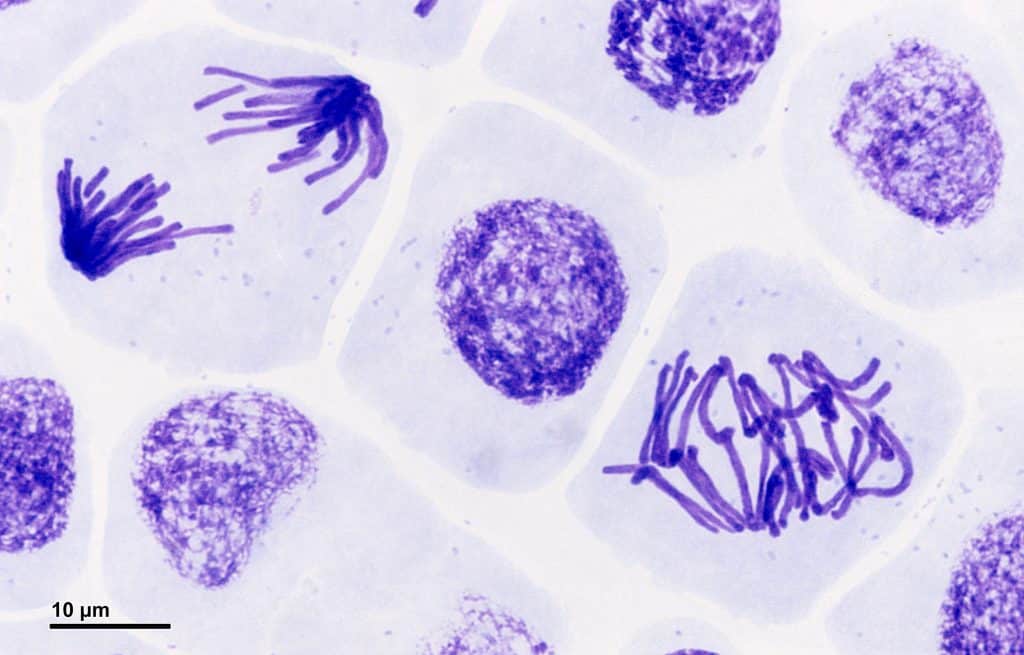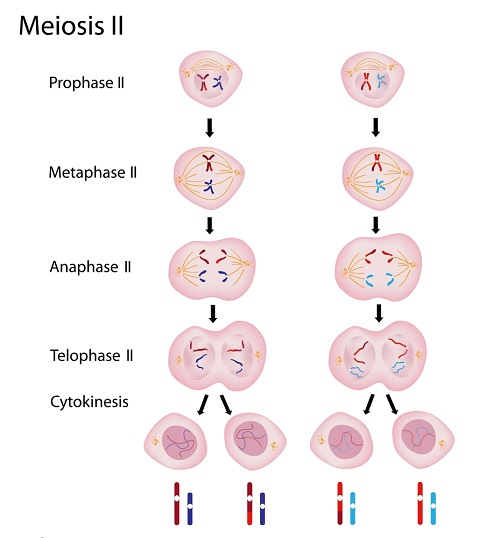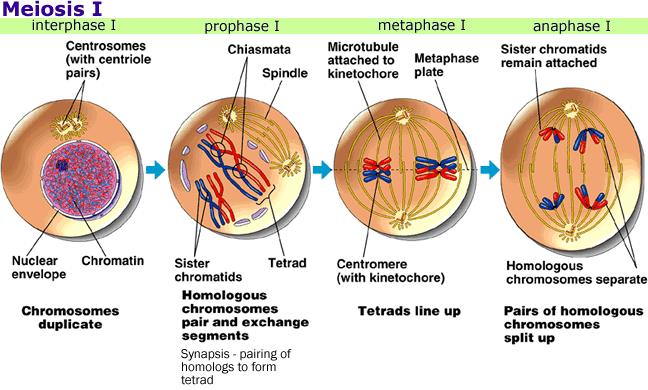
In untreated adult testes, pachynema and diplonema accounted for ~60% and ~18% of spermatocytes, respectively.

To probe the nature of meiotic block in Skp1 cKO testes, we examined chromosomal synapsis by nuclear spread analysis. These results suggest a conserved function of SKP1 in both male and female meiosis. We next examined the localization of SKP1 in meiotic chromosomes in oocytes and found a consistent localization pattern: localization to the SC in the synapsed, but not unsynapsed, regions in zygotene, pachytene, and diplotene stages (fig. Strikingly, analysis of spermatocyte nuclear spread showed that SKP1 localized to the SC exclusively in the synapsed regions of meiotic chromosomes from zygotene, pachytene, and diplotene spermatocytes but not in unsynapsed regions, including the unsynapsed regions of X-Y chromosomes ( Fig. SKP1 was predominantly cytoplasmic ( Fig. Immunofluorescence showed that SKP1 was detected in spermatogonia and preleptotene through zygotene spermatocytes, but at much higher levels in pachytene to MI spermatocytes and postmeiotic round spermatids ( Fig. The SKP1 protein abundance increased sharply in testes at postnatal day 14, when pachytene spermatocytes first appeared ( Fig. However, the molecular nature of the meiotic MI competence acquisition is unknown. Therefore, it is possible that the long time is necessary for pachynema in males to gain MI competence. In females, the arrest of oocytes at the diplotene stage provides ample time to develop MI competence. The relatively long duration of the pachytene stage in male meiosis (6 days in mouse) is enigmatic. MI competence is acquired in mid-to-late, but not early, pachynema, because treatment of mid-to-late, but not early, pachytene spermatocytes with OA causes desynapsis, chromatin condensation, and chromosome compaction ( 4). Okadaic acid (OA), an inhibitor of protein phosphatases PP1 and PP2A, induces premature PI/MI progression in pachytene spermatocytes (pachynema) ( 3). The meiotic PI/MI transition largely corresponds to the G 2-M transition in the mitotic cell cycle.

The transition from PI to metaphase I (PI/MI) in meiosis involves chromosome desynapsis, chromatin condensation, and compaction of MI chromosomes. Furthermore, our results support a model where SKP1 functions as the long-sought intrinsic metaphase competence factor to orchestrate MI entry during male meiosis. Therefore, SKP1 maintains synapsis in meiosis of both sexes. SKP1-deficient oocytes exhibit desynapsis, chromosome misalignment, and progressive postnatal loss. Strikingly, SKP1-deficient spermatocytes show sharply reduced MPF activity and fail to enter MI despite treatment with okadaic acid. SKP1-deficient spermatocytes display premature desynapsis, precocious pachytene exit, loss of PLK1 and BUB1 at centromeres, but persistence of HORMAD, γH2AX, RPA2, and MLH1 in diplonema. SKP1 localizes to synapsed chromosome axes and evicts HORMAD proteins from these regions in meiotic spermatocytes. Here, we identify an essential role for SKP1, a core subunit of the SKP1–Cullin–F-box (SCF) ubiquitin E3 ligase, in the PI/MI transition. However, control of these major meiotic events is poorly understood.

The meiotic prophase I to metaphase I (PI/MI) transition requires chromosome desynapsis and metaphase competence acquisition.


 0 kommentar(er)
0 kommentar(er)
